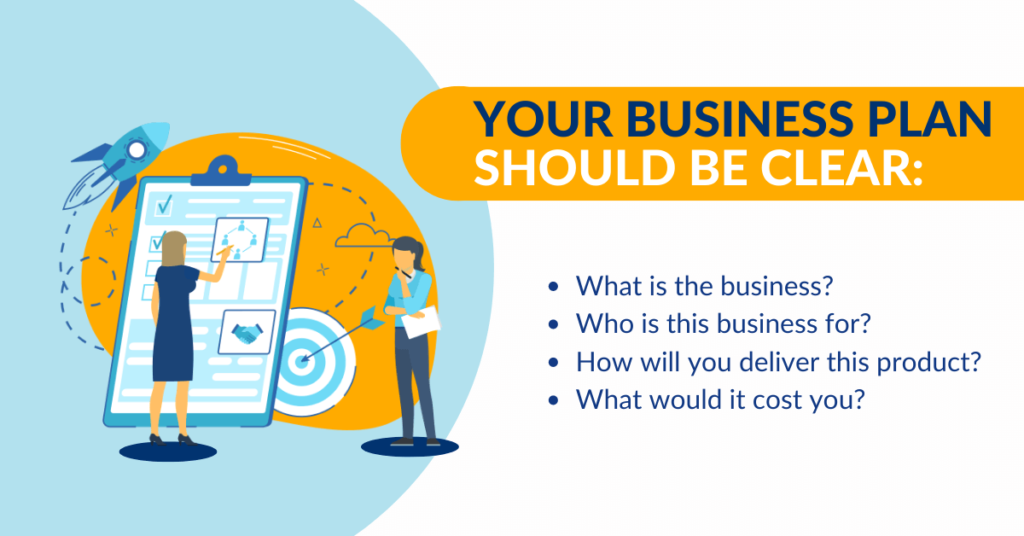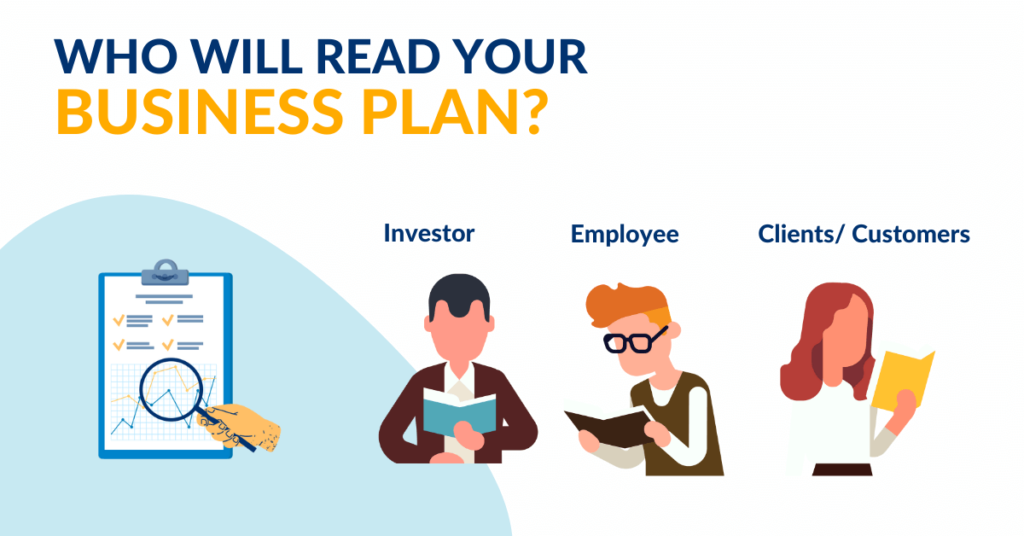The idea of starting an online business is appealing, but how does one go from there? Is the plan for starting an online business that easy?
We often have a desire to start a business, but we do not know how to create and how hard it is to start an online business. Do not worry. Things are not as complicated as they seem.
In this article, we are going to discuss 7 steps to take in order to successfully start an online business plan!
What is a business plan?
Before we get into what the plan contains, let’s learn a bit more about it and the process of making a business plan.
Business plans have long been a critical document for new businesses. What are the best practices and data that can help you create a winning document, that will help your business get the funding you need and ensure your venture lasts?
You should have a plan in order to get yourself organized and, to ensure that you have some type of viable commercial potential.
It also serves as your company’s roadmap, keeping your business on track and ensuring your operations grow and evolve to meet the goals outlined in your plan. As circumstances change, a business plan can serve as a living document – but it should always include the core goals of your business.

1. Conduct Market Research
As Digital mentions, most people who go into business think they’ve hit on a brilliant idea that makes them the next Jeff Bezos. Unfortunately, only about half (55%) of new companies make it to the five-year mark, and the top reason the other 45% fail is that they were unable to validate demand for the product or service.
If there is no demand, a business is doomed to fail. You need to find out if enough people are willing to buy your proposed product or service. Before anything, internalize it. Ask yourself the following questions:
Does the product or service provide a cost-effective solution to a problem?
Would you care enough for the product or service to buy it?
Do you know anyone willing to buy the product or service right now?
If your answer to all the above questions is yes, then you might have something worth pursuing. You should then try to find out if other people think the same way.
2. Research Your Business Idea
If you’re an entrepreneur, chances are good that you’ve got at least one business idea in mind. But what if you don’t? If you’re like most people, you may need to take a step back and evaluate some of your skills and interests before deciding which business idea is best for you.
The first thing to do is figure out what kind of business you want to start. If you’re not sure what kind of business suits your skills and interests, read our article on how to choose a business idea.
Once you’ve determined what kind of business suits your needs, it’s time to write down some pros and cons for each potential idea. You might be somebody who already has a business idea, in which case you should skip to the next step.
If you’re somebody who is trying to decide between one business idea or another, the best way to choose one is to look at the pros and cons of each.
Grab a sheet of paper, write each idea at the top of each piece of paper and write out the pros and cons.
The first step in creating an online business is to come up with a really good idea. This can be tough, but it’s also the most important part.
So, you want to think about what you’re going to sell and who you’re going to sell it to. For example, if you’re planning on creating a blog that offers information on how to make money online, then who might be interested in reading it?
You could ask yourself questions like:
- Who are my ideal customers?
- What kind of person do they work for?
- Are they male or female?
How much money do they earn each year? and so on. This way, you can then move on to the other aspects of creating that business
3. Clarify Your Business Plan

The third step is all about clarifying what your business plan is, as the humble penny mentions.
Say you want to start an online business that’s selling pet products to people.
So what is the business? – You’re selling specific niche pet products to pet owners.
Who is this business for? – Dog lovers in the UK.
How will you deliver this product? – Fulfilled by Amazon to source those products somewhere cheaper like China, and have it fulfilled through Amazon and delivered to your customers.
What would it cost you? – Do some research around what other competitors are charging for those products.
And because you’ll find them a lot cheaper somewhere else, you’re able to then offer those products perhaps a bit cheaper at the same level of quality.
Thereby this offers value to your potential customer.
So you can see that with this really simple one to the two-page exercise of clarifying your business plan…
you’re able to, in your mind, understand what the exact business offering is for people to be able to become customers of your new business.
The final thing to do is to start talking about this new business that you’re creating.
I’d highly recommend at this stage to start to talk to friends and family about it.
This is the bit that most people don’t want to do.
They think people are going to steal that business idea and go and do it instead.
4. Validate your business idea
There are a lot of reasons that business ideas don’t get off the ground, but the biggest reason is that people don’t test to see whether customers even want their product or service.
So they spend a lot of time, money, and resources on building their business, only to find out later that nobody wants to buy.
So if you really want to take your idea and build a profitable business out of it, the most important thing for you to do is to validate that people are interested in what you have to offer and that they will pay for it
There are five key steps in order to validate your business idea like Understanding Customer Problems, Creating your Minimal Viable Offer and Pre-sell It, and more.
You can read all about it in our blog post here.
5. Executive Summary
The executive summary is arguably the most important section of the entire business plan. Essentially, it’s the overview or introduction, written in a way to grab readers’ attention and guide them through the rest of the business plan (which may be dozens or hundreds of pages long).
- Most executive summaries include:
- Mission statement
- Company history and leadership
- Competitive advantage overview
- Financial projections
- Company goals
6. Understand Your Audience
The audience for your business plan determines how you write it. That’s because business plans serve different purposes; you’re not always presenting it to the same audience. It’s important to understand who’s going to be reading your business plan, what you’re trying to convince them to do, and what hesitations they might have.
That way, you can adapt your business plan accordingly. As such, your audience also determines which type of business plan format you use.
Who Is Your Audience?

There are three main audiences for a small business plan:
- Investors: Your investors are looking for financial projections and profit-and-loss statements that show how much money they can make from your company over time.
- Customers: Your customers want to see how well your product or service addresses their needs and how much they stand to gain from using it.
- Employees: Employees want information on compensation packages and benefits that can help them decide whether they want to work at your company or not.
7. Financial analysis
We all know that, ultimately, every business is about making money, as we explained in our previous blog. So proper revenue projections, break-even analysis, and cash flow analysis have to be done and documented.
This is often what entrepreneurs find most daunting, but it doesn’t have to be as intimidating as it seems.
Let’s dig deeper into that:
Important points regarding all the issues discussed in the business plan should be mentioned briefly in the executive summary.
A typical financial plan will have monthly sales and revenue forecasts for the first 12 months and then annual projections for the remaining three to five years.
Business financials for most startups are less complicated than you think, and a business degree is certainly not required to build a solid financial forecast.
That said, if you need additional help, there are plenty of tools and resources out there to help you build a solid financial plan.
Conclusion
In this article, we talked about 7 key steps to successfully start an online business plan. These steps can help you in your way of starting an online business plan.
Now, I’d love to hear from you.
Have you already tried creating your business plan by following these steps?
I want to know about your journey. Let me know in the comments below and as always feel free to contact me!






0 Comments